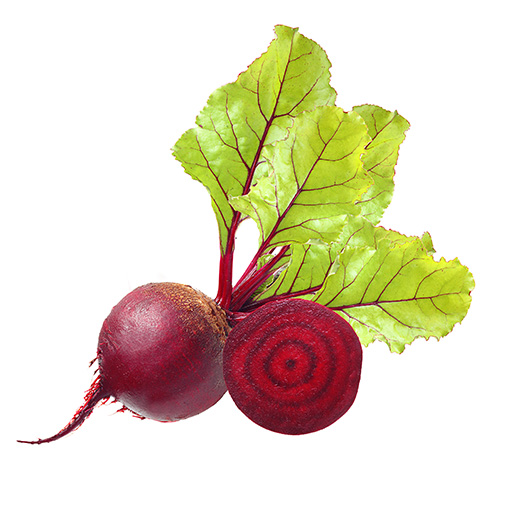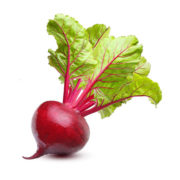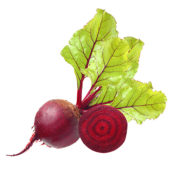Description
Beta vulgaris, the beet or beetroot, is an annual or biennial herbaceous plant in the Amaranthaceae, the amaranth family (formerly placed in Chenopodiaceae, the goosefoot or spinach family), which originated in southern Europe and western Asia, and has been developed into three distinct varieties specialized for different edible parts of the plant: Swiss chard (var. cicla), which has large leaves and prominent fleshy stems is used as a leafy vegetable; sugar beet (var. vulgaris), which has a very large, irregularly shaped fleshy root (up to 0.35 m, or 1 ft, long and weighing 1.5 to 2.5 kg, or 3 to 5 pounds) that lacks the red color typically associated with beets, and is used as a source of sugar (the sugar refined from it is sucrose, the same as that from sugar cane, Saccharum species) and as animal fodder; and beet or beetroot (previously classified var. esculenta, although now usually placed in the same group with var. vulgaris), which has a red to purple fleshy spherical or elongated root and is used as a root vegetable. All three varieties were derived from the wild sea-beet (often classified as B. vulgaris var. maritima). The leaf, leaf stalks, and roots of beet plants are edible. The leaves are high in vitamin A and minerals including calcium, iron, potassium, and magnesium. Beetroots are high in magnesium and manganese, with some vitamin C. The leaves of Swiss chard and beetroot plants can be used in salads but are more often prepared as a cooked green, or in soups or tarts; the stems of Swiss chard are sometimes prepared similarly to asparagus (Asparagus officinale).





Reviews
There are no reviews yet.